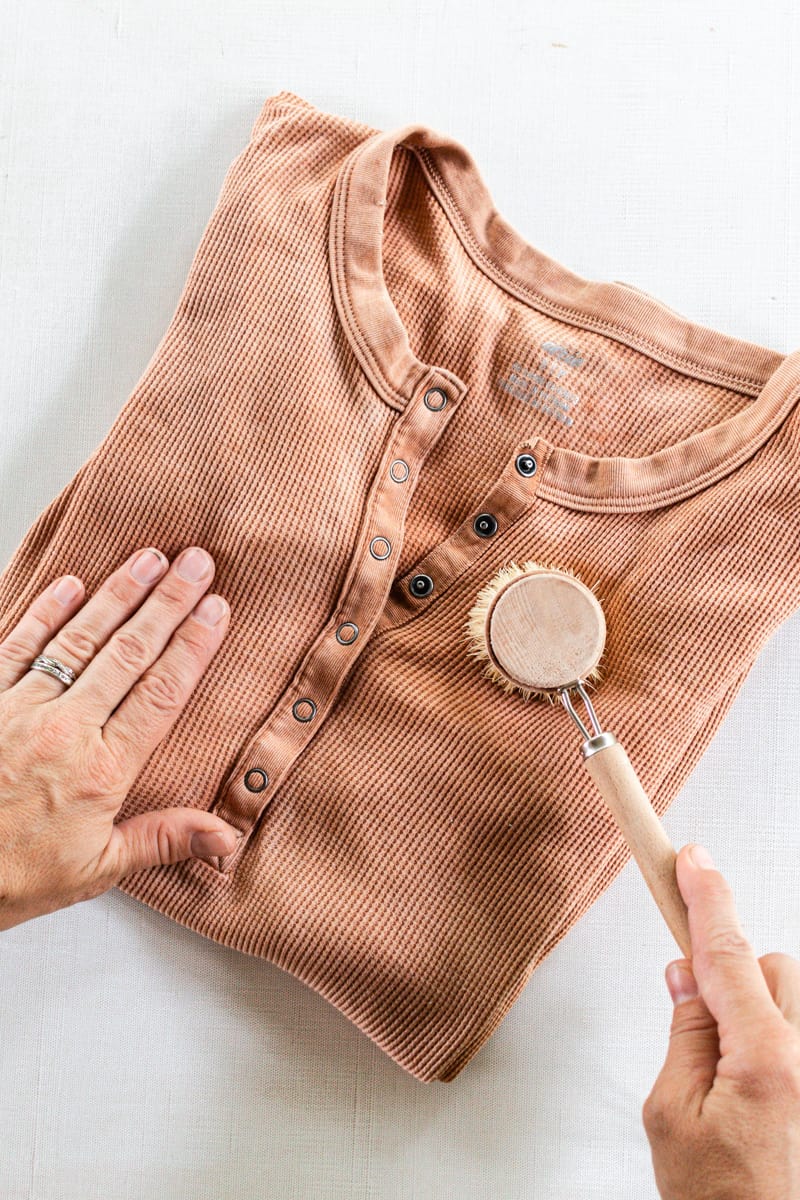You would want the top best door material available to protect someone’s privacy in the bathroom.
You would want your consumers to have a solid and secure door in schools, office buildings for businesses, medical practices, courts, and churches, among other establishments.
And just like any public location you visit, someone will inevitably destroy or vandalize the restroom stall doors. For some reason, kids frequently doodle on, key, or even dent restroom doors.
We can tell you about the most prevalent toilet stall materials out of the many that are available. By reading on, find the materials that would be the best bathroom stalls for schools.
See Also: Top 10 Teach Kids English Online Opportunities in 2024
What are the Tips For Achieving a Smart School Bathroom Design?
After selecting the material that best fits your bathroom’s requirements, there are a few other things to consider.
1. Map Out the Bathroom Space
Please note your bathroom’s dimensions and sketch out its overall layout. In each restroom, how many stalls do you hope to install?
What challenges will you have to think about when building your walls? The position of windows, access to necessary plumbing, and the way the bathroom door opens are a few examples of potential challenges.
Now is the time to consider if extra partitions and toilet stall dividers are necessary for installing urinals in a men’s restroom.
The most straightforward approach to determine how your selected dividers fit within the confines of the bathroom is to map out the space before you start.
You can avoid unneeded hiccups during the installation process with careful planning.
2. Work Within Your Budget
Consider how those numbers fit into your budget once you know the number and size of your divisions. For example, the cost of different divider materials varies.
Your plans might need to be modified as necessary. Remember that although some materials are less expensive up front, they more than make up for them in durability and lifespan.
3. Choose the Right Look For Your School
Although the color of your partition may not seem to matter much when designing a school bathroom, aesthetics are important to how your school is perceived.
This is especially crucial in private schools and colleges, where prospective students carefully examine every aspect of your campus. A well-designed bathroom gives students an extra measure of security and comfort.
Make sure the color for the bathroom dividers blends well with the colors used throughout the school, including the bathroom’s walls and floor.
Requesting a sample from a partition provider is the most straightforward approach to determining whether a color or material will fit your school’s preferred aesthetic.
4. Offer Your Students Plenty Of Privacy
One study conducted in 2015 discovered that students are less likely to use the restroom during the school day if they believe it to be dirty, unpleasant, or unsafe.
To avoid using the restroom, many students even went so far as to neglect to drink enough water throughout the day.
Such conduct is detrimental to a positive learning environment and may even adversely affect one’s health if it persists over time.
Pick a partition style that offers pupils a satisfying degree of privacy and security.
5. Consider Hygiene and Maintainability
For nine months out of the year, there is a lot of traffic in the school bathrooms every day.
A divider that is simple to maintain and composed of hygienic material is required. For the health of students, a clean environment is essential.
You must perform routine maintenance inspections throughout the academic year, replace hinges, and remove scratches from your partition in addition to regular cleaning.
6. Never Neglect Accessibility
For the sake of the comfort and safety of your students, instructors, and staff, your school’s restrooms must be ADA-compliant. When creating a bathroom in a school that is accessible, some considerations to make are as follows:
- Make room on the floor
- Object mounting heights, such as for soap dispensers
- sufficient space for wheelchair turns
- both right- and left-handed use
- Safe exits and entrances, including working door hardware
- Increasing thresholds
- a sink that complies with the ADA
- the stalls’ interior grab bars
See Also: 15 Best Childbirth Classes Online For Beginners In 2024 | Free & Paid
What are the Key Facts for Understanding Your Bathroom Partition Dimensions?
- A straightforward overhead layout is the best option for all toilet partition quotes.
- The blueprint should show where the tiled walls will be and how big and deep you want the sections to be.
- Toilet stalls typically measure 36″ wide by 60″ deep.
- In most circumstances, partition stalls can have a minimum depth of 48″ or, if necessary, up to 78″.
- Bathrooms are sometimes perfectly square, so you want to measure where the partitions will be installed.
- All new construction must have out swinging doors no farther than 4″ from the toilet’s corner and 18″ in the center from the closest wall or partition to comply with ADA regulations.
- The minimum size is 60″ wide inside and 59″ deep inside. The door would also need to be 36 inches wide so a wheelchair could fit through.
- Ambulatory accessible compartments have a handicapped door that is typically 32″ wide and are at least 36″ wide.
What is the ADA Compliance For Schools?
Generally speaking, the ADA compliance requirements for schools are the same as those for any other public building in your state.
While all states generally adhere to the same broad ADA compliance standards, each has its unique set of laws.
Therefore, speak with your local ADA code official before placing an order for a stall.
The interior of the ADA stall must be at least 5 feet (60 inches) wide and have a door at least 34 inches wide, according to general guidelines.
What are the Best Bathroom stalls for schools?
1. Phenolic Partitions
Phenolic is a substance comparable to HDPE in that it is durable and resistant to physical harm.
It is the perfect option for restrooms in clinics, offices, schools, and other high-traffic establishments because it is available in Wilsonart and Formica colors and designs.
A student or instructor may feel more at ease using the restroom in a restroom with nice cubicles. A student or instructor may feel more like a part of their alma mater by dressing the doors in the school colors.
The warranty term for this material will depend on the manufacturer.
Phenolic partitions can withstand chemical cleaning agents to some extent because of their melamine-sheathing substance.
Using a mild or solvent cleaner is advisable while cleaning the partitions. Chemical cleaning solutions can harm the material over time and result in discoloration.
Because phenolic is made of laminated paper or strand board layers, it is vulnerable to physical and moisture damage.
The 1990 Americans with Disabilities Act is adhered to by this content.
2. Powder Coated Steel Partitions
A project with a limited budget is upcoming. Powder-coated steel partitions, also known as the industry standard, are an excellent option since they are lightweight, simple to install, adaptable, and long-lasting.
These are the benefits of this information:
- reduction of a sound,
- sturdy foundation,
- a fire-resistant shield, and
- resistance to bacteria and moisture
One drawback is that the powder coating can be damaged by being scratched off, revealing the core substance and ultimately providing the ideal environment for rust to develop.
Sometimes, powder-coated steel has to be cleaned. Use only a bar of mild soap and warm water to clean steel that has been powder coated. Harsh chemicals will damage the finish of the partition.
Office structures, dining, and retail establishments are good candidates for powder-coated steel partitions.
Additionally, this content complies with the 1990 Americans with Disabilities Act.
3. Stainless Steel Partitions
Stainless Steel Partitions are a sight to behold and are frequently sought after for their upscale appeal. This is why they are on the list of best bathroom stalls for Schools.
The lightweight honeycomb core of stainless steel partitions adds to their upscale appearance. It makes the panels thin and simple to install while providing outstanding durability and damage resistance.
When you need a new set of restroom stalls for your school, you can recycle the old ones because stainless steel partitions are also recyclable.
This can help kids learn the value of recycling. Additionally, steel typically outlives the other bathroom materials (unless they are also made of steel) so anticipate steel to replace the other materials.
Stainless steel doors can protect against potential harm in an area with plenty of kids or teenagers.
Additionally, stainless steel can lower the temperature in the bathroom by a few degrees, making it less probable for bacteria to develop there.
Stainless steel partitions are a popular choice for office buildings, restaurants, airports, high-traffic areas, and anywhere an opulent look is required for complementary design.
They are available in a variety of textured finishes. Your steel walls will be even more resistant to damage and can hide any scratches if you choose textured panels.
4. HDPE Partitions
High-density polyethylene, or HDPE, is one of the most frequently used for bathroom walls.
Without an inner core, HDPE is frequently chosen for public restrooms because of its sturdy composition, which makes it an impact-resistant material that deflects minor damage like scratches and dents.
One of this material’s most significant benefits, according to romtec.com, is the absence of upkeep needed. After installation, HDPE partitions often need to be cleaned occasionally.
Due to its resistance to microbial growth, HDPE is an excellent material for showers, public swimming pools, and other locations with lots of water.
The ability of the material on a door to resist bacteria and the like is an excellent idea because a clogged sink or toilet can quickly flood the bathroom.
Given that microbial development can result in a variety of ailments in both children and adults, HDPE would be the best material for a bathroom divider out of all those mentioned above.
In addition to all of these benefits, HDPE has a few drawbacks, making it the perfect material for any location with a bathroom.
HDPE is only necessary for some places because of its resistance. For instance, there are very few chances of vandalism in private bathrooms, so this material is typically not required.
5. Solid Plastic
Solid plastic is impermeable and resistant to moisture. Solid plastic is perfect for a school setting since it is sturdy enough to resist heavy traffic and holds well to powerful cleaning agents.
Neutrals, burgundy, blue, green, and sixteen other colors are among the sixteen shades of solid plastic that are offered. There are also colors with confetti or speckled effects.
6. Laminate
Laminate dividers are inexpensive and offer a lot of customization. High-pressure laminate has the most color options, 48 in total, including solid and patterned choices, but it is not recommended for environments with high moisture levels.
7. Graffiti and Scratch Resistant Partitions
Remember that there is only an ideal solution if you are a school considering models resistant to graffiti and scratches.
These graffiti and scratch-resistant variants, however, perform admirably. Graffiti created using a marker can be quickly removed using a cleaning solution.
Additionally, the scratch-resistant stall holds up well, although someone determined to vandalize the booth will still inflict some damage.
These scratch- and graffiti-resistant variants have an average lifespan of 10 to 15 years.
This might be a decent solution if your school is prone to vandalism and graffiti and you’re weary of constantly painting over the graffiti.
See Also: How Can I Get a Master’s Degree in Communications Online? Schools, Programs, Cost
FAQs
Numerous studies have shown that people typically select the median option when presented with several equally good (or bad) choices. This is known as “centrality preference” in psychology. Thus, most of those who visited the restroom before you most likely chose the central stalls and avoided the sides.
Typical Dimensions
A bathroom stall door, for example, is typically 24 inches wide and 58 inches high, and the stall is 36 inches wide and 60 inches deep. Depth, the final component, can vary greatly depending on your arrangement, typically ranging from 48 to 78 inches.
They are there to clean and disinfect doors and fixtures, replace soap and paper towels, keep hand dryers working, and maintain them. Therefore, giving room for the maintenance and custodial staff makes them pleased. The restroom’s airflow is also made possible by these holes.
Studies suggest avoiding the middle stalls whenever feasible. Apparently, due to their “preference for centrality,” people tend to select the middle option. On the other hand, the first stall will be the cleanest because it is the least used.
Conclusion
You can design a brand-new bathroom layout for a school or modernize a dated one. Select from our rigid materials to resist the wear and tear a school full of kids can give out. Our materials, including powder-coated steel, laminate, solid plastic, phenolic, and stainless steel, are simple to maintain and clean.





